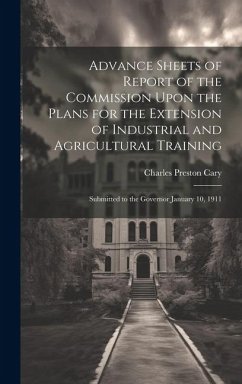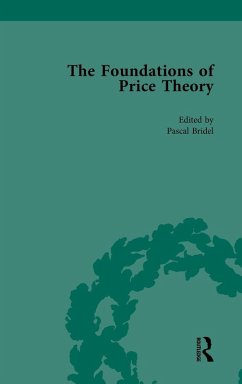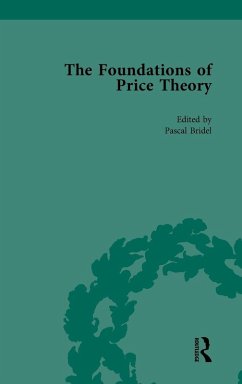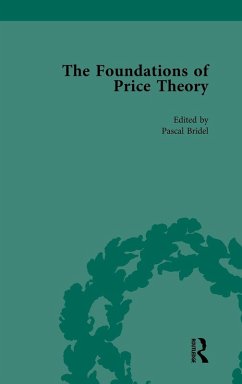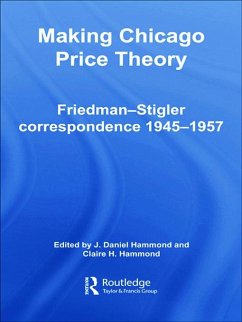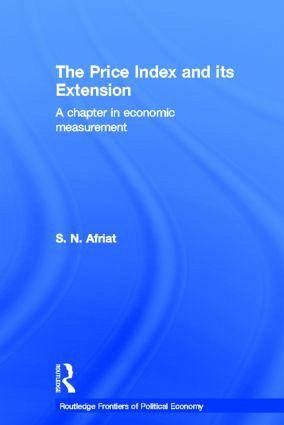
The Price Index and its Extension
A Chapter in Economic Measurement
Versandkostenfrei!
Versandfertig in 1-2 Wochen
261,99 €
inkl. MwSt.
Weitere Ausgaben:

PAYBACK Punkte
131 °P sammeln!
The book is not an unrestricted survey engaging a vast and repetative literature, but a systematic treatise within clear boundaries, largely a document of Afriat's own work. The original motive of the work is to elaborate a concept of what really is a price index, which, despite some kind of price-level notion having a presence throughout economics, in theory and practice, had been missing.






